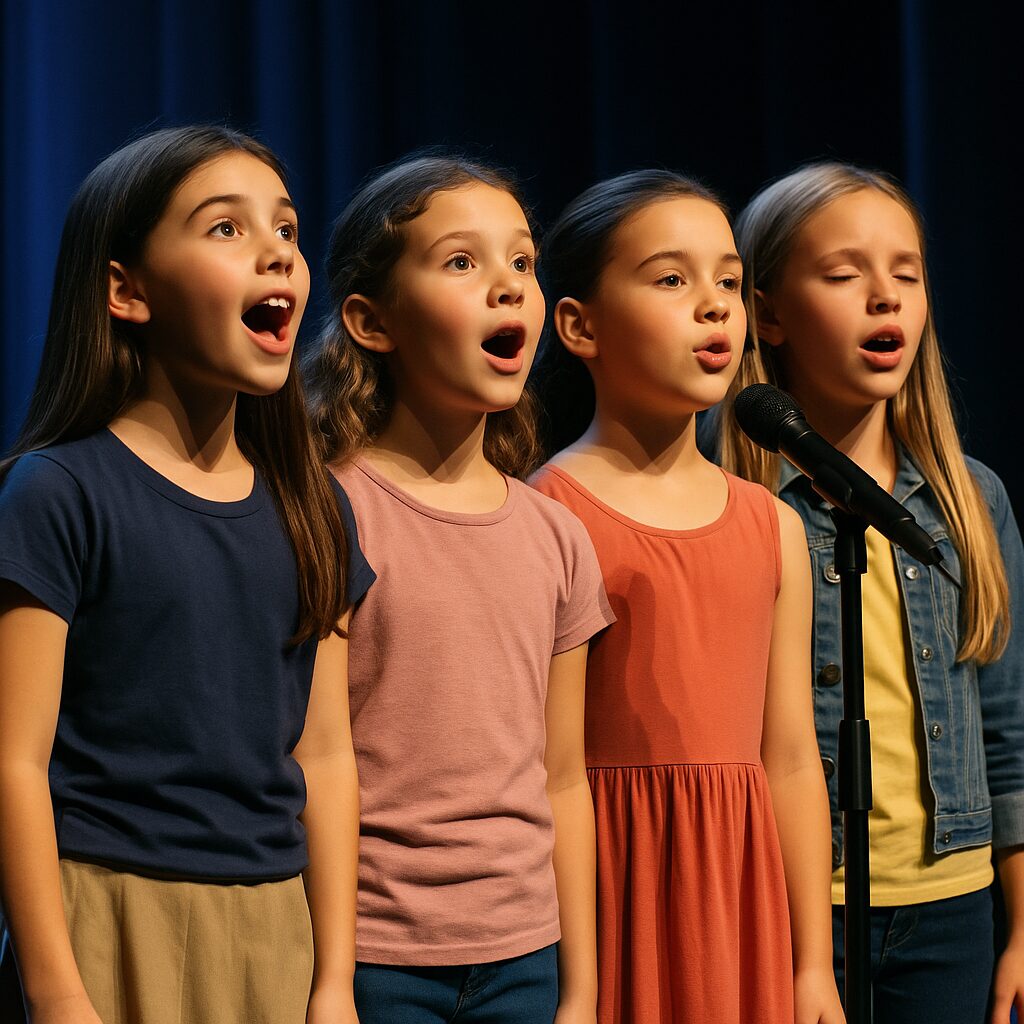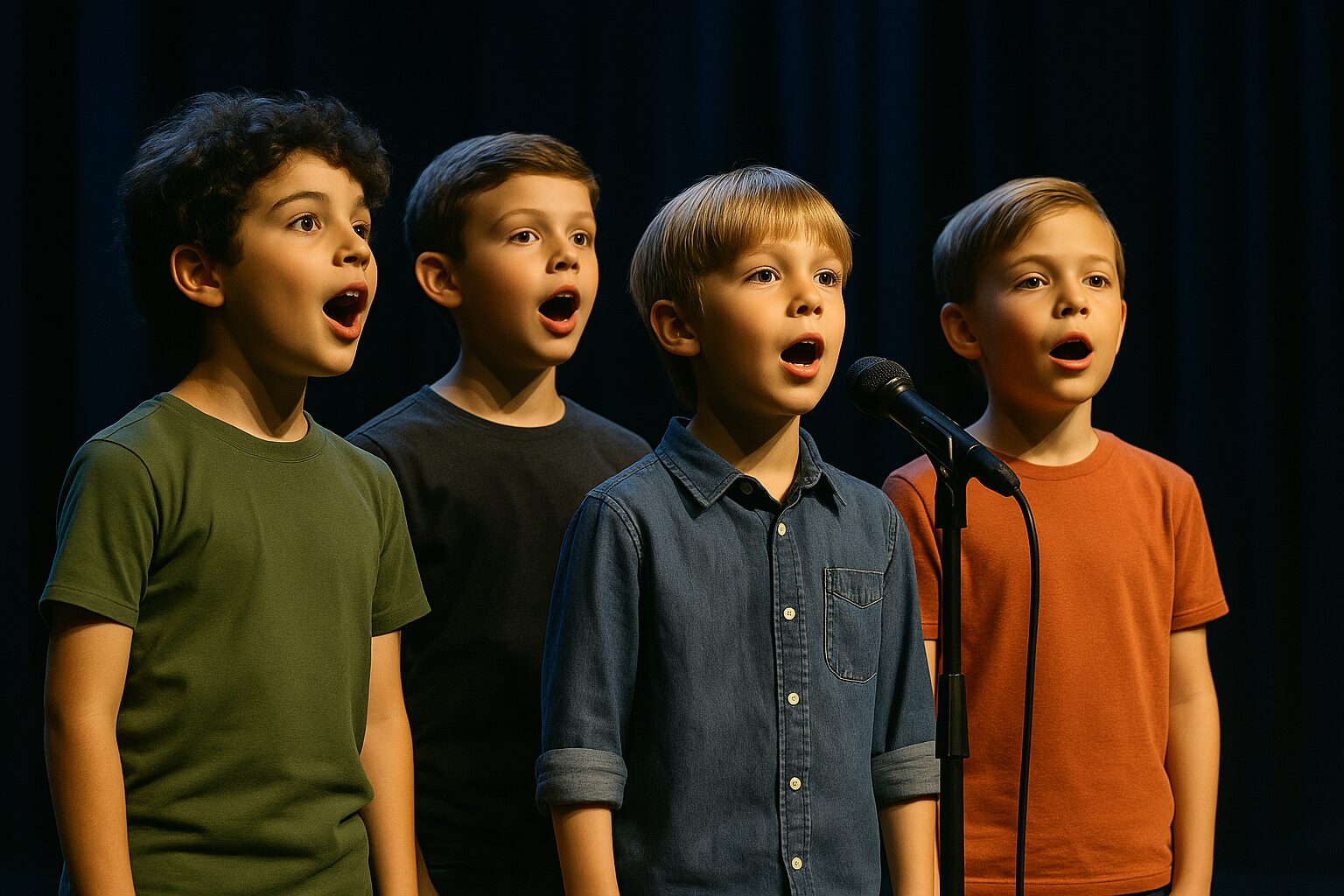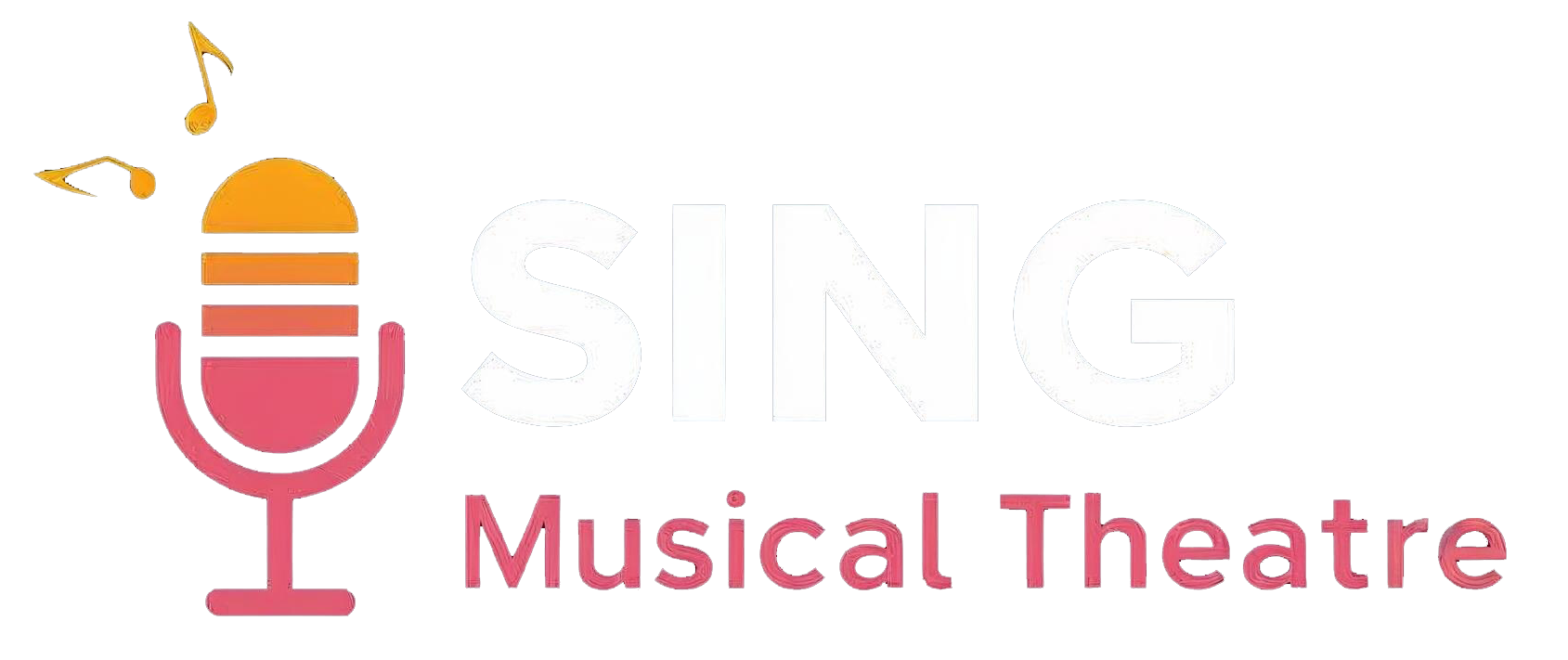Repertoire
What Categories of songs to add to your audition book…
Build a Powerful Musical Theatre Audition Book (That Actually Books You)
Your audition book is more than a binder of songs—it’s your portable brand. Casting teams need to see range, taste, and storytelling in minutes, so curating smart selections for each repertoire category below is essential. A well‑built book lets you pivot instantly, showcase your best vocal colors, and prove you understand style, character, and the realities of the audition room.
Why organize by category?
- Coverage: Different shows demand different sounds—Golden Age legit, Contemporary belt/mix, Pop/Rock, Disney/Animation, Comedy/Character, Ballad, Uptempo, Patter, and more. Filling each category ensures you’re ready for anything.
- Casting alignment: Specific breakdowns often ask for a style + tempo. When your book is mapped to categories, matching that ask takes seconds—not stress.
- Story first: Categories help you choose material that acts well. Every song should reveal a clear want, obstacle, and shift—no “vocal wallpaper.”
- Efficiency: Clear sections + labeled cuts keep you calm, fast, and considerate of time in the room.
How to use the categories on this page
- Pick one “signature” song per category that fits your age, type, and current strengths. Then add a contrast (different tempo/texture) for flexibility.
- Create clean 16–32 bar cuts for each selection. Mark tempo, cues, and breaths. Bring a full version in case they ask.
- Balance familiarity with freshness: Include one or two known titles per category (for context) and anchor the rest with less‑overdone choices.
- Mind the keys: Choose keys that sit comfortably on your best vowels and story beats; avoid living at your ceiling.
- Keep everything audition‑ready: Printed, hole‑punched, double‑sided, taped, and clearly tabbed by category. Pianist‑friendly formatting is part of your professionalism.
Quick quality checklist for every song
- Type-appropriate: Age, energy, and character match who you can book today.
- Actable arc: Clear objective and shift within the cut.
- Stylistically accurate: Rhythm/feel, diction, and ornamentation match the era/genre.
- Healthy & reliable: Sits in your money range; sustainable under nerves and early‑morning calls.
- Licensed & ethical: Use purchased scores and legit tracks; support writers.
Pro tip: curate like a season
Think of your audition book like a theatre’s season: a mix of styles that shows range without whiplash. For each category below, choose material that complements the rest—so any two songs back‑to‑back make sense and tell a bigger story about you.
Ready to fill your tabs? Explore the categories below and plug in songs that highlight your storytelling, technique, and unique point of view. Keep it lean, organized, and refreshed every few months—and let your book do the silent pitching for you.
A brief explanation of each genre
Required for your Audition book
Use this space to provide your website visitors with a brief description on what to expect before clicking on a section title.
REPERTOIRE INSPIRATION LISTS
Curated Song Lists
to Find New Material!!!

50 Song Ideas For Young Women
Use this short paragraph to write a supporting description of your list item. Remember to let your readers know why this list item is essential.

50 Song Ideas For Young Men
Use this short paragraph to write a supporting description of your list item. Remember to let your readers know why this list item is essential.

Write a short and relevant headline
Use this short paragraph to write a supporting description of your list item. Remember to let your readers know why this list item is essential.

Write a short and relevant headline
Use this short paragraph to write a supporting description of your list item. Remember to let your readers know why this list item is essential.
